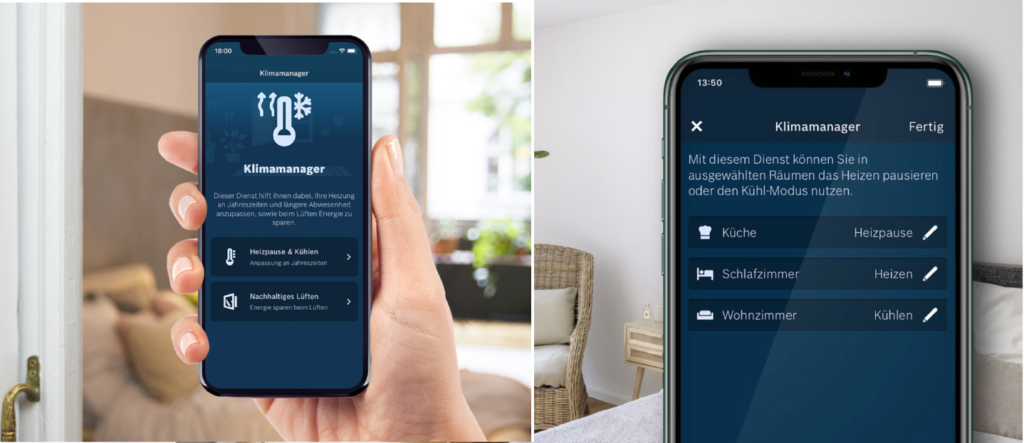Smart Home – the new way of living. A hype whose end is not foreseeable and is gaining more and more attention. But how is it all controlled, what do these applications have to contain and how difficult is it to create your own app for it?
Why are the applications so popular.
Humans have become accustomed to interacting with and controlling smart products. The market for them is booming – and control is mostly via smartphone. But why are smart home applications flourishing so much all of a sudden? The reason is the technical development and globalization of the last years, which made it possible that hardware components are more available and microchips, sensors, boards, components and ready-to-use kits are becoming cheaper and cheaper, which makes it very easy to develop a smart home prototype. It also adds to the fact that cloud providers and services are expanding more and more. There are large providers for IoT platforms, such as Amazon, Google and Microsoft, which already offer all-in-one solutions for data analysis, security, network and device management. There are also smaller providers, such as Blynk or Upswift, which make it possible to create IoT projects at low cost or even for free. In terms of environmental protection, people are also looking more and more at building smart home applications and devices into homes to meet environmental standards and regulations and to guarantee a more sustainable future. The hype of owning a smart home seems unstoppable, according to statistic, the value of the smart home market will double in the next years, and many applications and developments from smart home security and network solutions to futuristic household robots are emerging. The pandemic has pushed many people into the home office, and smart home technologies have been used to make the home more comfortable, sustainable and also safer, among other things.
What kind of home automation apps are on the market already?

For configuration, remote control, monitoring and automation, most of the products are coupled with a mobile application. Depending on the application area and function of the device and also on the category and manufacturer, it can be an app for a single task or for the entire device category. Different types and approaches to a smart app are presented below.
An app for a device.
Here, one brand specialises in one smart home device and controls all functions of this product in the app. (eg. Brand iRobot, product Roomba, vacuum cleaner robot, feature-rich mobile application iRobot Home App).
One app for one category of devices.
In a multitasking app, companies that make multiple smart home products offer the entire category of devices, which has the advantage of reducing development costs by expanding one app instead of developing multiple new apps. (eg. Nest app for Nest products).
All-in-one application for hubs.
Hubs are standalone solutions. They unite cross-category and cross-brand devices in the home and act as a central control and automation point. Good examples include Amazon Echo devices with the Amazon Alexa app or Smart Things Hub with the SmartThings app, which lets you connect hundreds of devices in one place.
Sources.
https://www.mobindustry.net/blog/how-to-build-a-smart-home-app-a-guide-for-developing-a-home-automation-system/
https://www.digiteum.com/create-smart-home-application

